They/ThemI reblog deep sea/ocean related things, so I'm not TECHNICALLY posting, but deep sea rebloggging is a bit of a mouthful. Typically a 50/50 gamble on whether you'll get something educational or shitposts. Either way, we have fun here :)This is a side blog made partially for my special interest, but also in the hopes that I can get more people to care about the deep ocean, especially the abyssal/hadal zones, which are currently being threatened by deep sea mining.
Don't wanna be here? Send us removal request.
Text
EVERYONE SHUT THE FUCK UP SCIENTISTS AT THE SCHMIDT OCEAN INSTITUTE HAVE FOOTAGE OF A LIVE COLOSSAL SQUID FOR THE FIRST TIME EVER !!!!!!!!!!!!!!!!!!!
🦑‼️🦑‼️🦑‼️🦑‼️🦑‼️🦑
144K notes
·
View notes
Text
Squat lobsters don't shake hands, squat lobsters gotta hug 🤗
Squat lobsters are found throughout the world's ocean, from sea surface to the deep sea. Though they aren't actually lobsters, they resemble true lobsters in some ways; instead, they have a short, flattened carapace (upper shell that covers the main body). This one, Munida quadraspina, was observed with ROV Tiburon 2,500 meters (8,200 feet) deep in the Monterey Canyon. Squat lobsters use a variety of feeding mechanisms—some species filter feed, others eat detritus, graze on algae, and some scavenge or eat small prey on the seafloor. Sometimes we see dense aggregations of them on the seafloor.
141 notes
·
View notes
Text




Planktonic Larvae of Sessile Marine Animals
The ocean is in constant motion, but some of its inhabitants have found a niche by remaining anchored in place. Animals as diverse as corals, sea anemones, oysters, giant clams, and barnacles simply fix themselves in the drive-thru of ocean currents, snapping up tasty food particles and plankton as they flow past. While that’s fine for fast food, you might wonder how animals that can’t move manage to spread across the globe! The answer lies in their ingenious reproductive strategies. Many sessile animals release planktonic larvae into the water—like the sea anemone larvae you see here. In a fleeting moment of freedom before they settle permanently, larvae ride the ocean currents in search of new habitats where they can anchor, grow, and continue the cycle of life.
photographs by by Jialing Cai | Homoplankton
via: Woods Hole Oceanographic Institution (WHOI)
903 notes
·
View notes
Text
We’re gonna talk about hagfish today, since it is Their Day
Hagfish are vertebrates, but they have no vertebrae! They lack bones entirely, with just a cartilaginous skull and a notochord (making them the only animal with a skull and no spine). They also have no eyes and no jaw. They also like to cuddle.
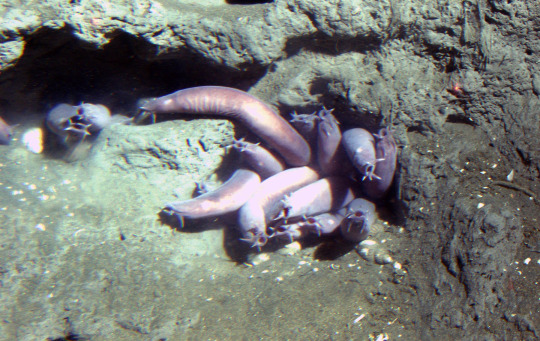
Exactly where they fall on the tree of life has been an interesting topic. Historically, they were placed as the sister-group to vertebrates; the vertebrate that diverged the earliest, and remained very primitive-looking. However, with new fossil evidence and DNA analysis, we’ve figured out that they are closest related to the lamprey, another jawless fish that does have eyes and bones! Which means the ancestors of the hagfish did as well, but somewhere along the line they decided, “screw it, I’m going back to being a Worm”.

The hagfish spends most of its time at the bottom of the ocean, sniffing around for prey. Although they do actively hunt and catch their own food, it’s much easier to eat things that are already dead, so they’re frequently seen snootling around whalefalls and bait set out by scientists, where they feed by rapidly spinning around until they’ve bored a hole straight through the skin and can get to the tasty insides!
But wait, how does a jawless animal feed at all? It just has a little :O face with no teeth!

Well, great news! That cute little :O isn’t it’s mouth! That’s it’s nose! It’s mouth is underneath.
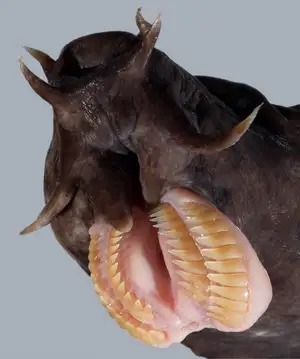
Ain’t that nifty?
Being a squishy little guy with no teeth or eyes, defending itself is kind of difficult. Luckily, no one wants to eat a hagfish, because they are gross af. They secrete a very thick slime that chokes predators. About 4% of a hagfish’s body mass is pure slime. This slime is also apparently useful to humans, because it contains strands that are stronger than nylon, offering a way to make more durable and environmentally friendly fabric!

In summary,
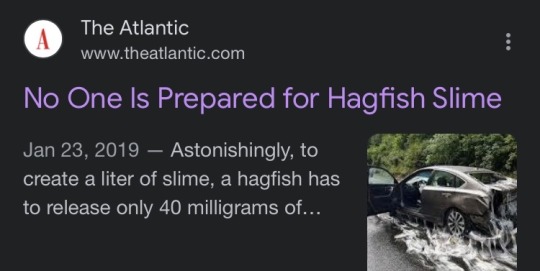
Happy hagfish day!!
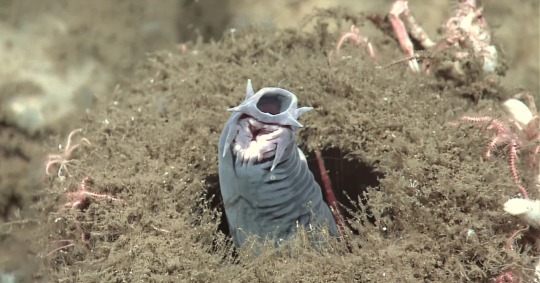
oooOOOOUUUGHGGGGH
10K notes
·
View notes
Text

invertober day 12, japanese spider crab. more of a quickie today, but i think its cute
4K notes
·
View notes
Text
Meet Red X, an animal so new to science that it doesn’t have an official name!
We’ve collected these captivating comb jellies in Monterey Bay alongside our research partners at @mbari-blog. Together, we’re learning more about them—and the deep sea—every day!
You can see Red X today in our Into the Deep/En lo Profundo exhibit!
4K notes
·
View notes
Text
in 2017 a truck full of hagfish spilled on a highway and made a big mess.
...here's a punk/math rock song about it??? lyrics beneath the cut

lyrics:
I am covered in slime
Don’t you even try to get close to me now
I’ve been here a long time
And I’m going to tie myself up to break out
No eyes no bones no spine
Don’t know where to draw the line
Dead whale it’s dinner time
I’m breaking out from the inside
When the truck falls down
slime will coat
Your Toyota Prius
The slime will flow
Don’t you wanna be us?
When the truck falls down
slime will coat
The adjoining highway
The slime will flow
Can’t you see it my way?
I am covered in slime
Don’t you even try to get close to me now
8K notes
·
View notes
Text
me: man my job sucks i want to play video games or somethin
the nefarious anglerfish:
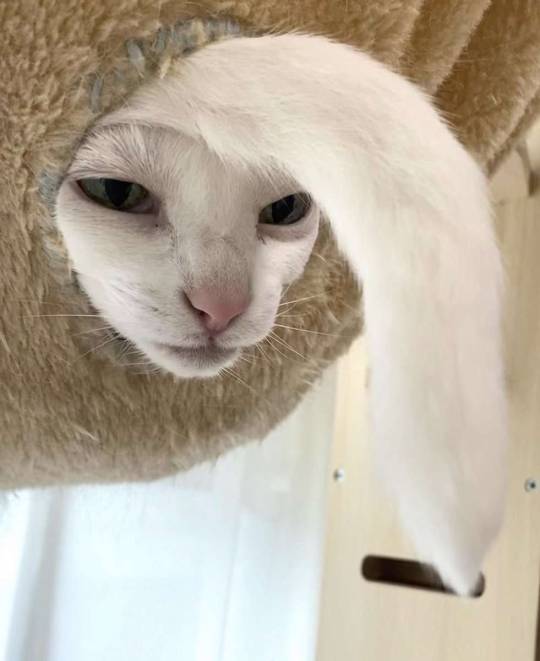
157K notes
·
View notes
Text
🌊🚢Embark on a journey with us aboard the research vessel Rachel Carson as we explore the mysteries of the deep sea with MBARI.
Watch an ROV, remotely operated vehicle, in action as it uncovers secrets of the seafloor and aids in groundbreaking research.
From high-tech robots to delightful discoveries, sea how we're advancing our knowledge and protecting the planet's largest habitat.
Thanks @mbari-blog for letting us tag along and for the deep-sea footage.
672 notes
·
View notes
Text

i love my fans 💚
(for context anon (blank account) is trying to figure out how to misgender me)
80K notes
·
View notes
Text
Queen Anglerfish Theme (another underwater synth track made entirely with a Moog Grandmother)
4K notes
·
View notes
Text
undersea animals when a whale dies
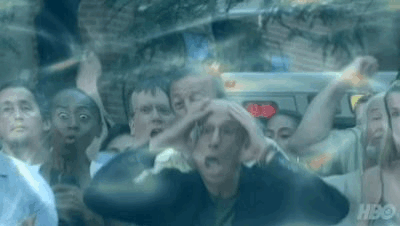
103K notes
·
View notes
Text
GIVE IT UP FOR WHALE FALL WEDNESDAY
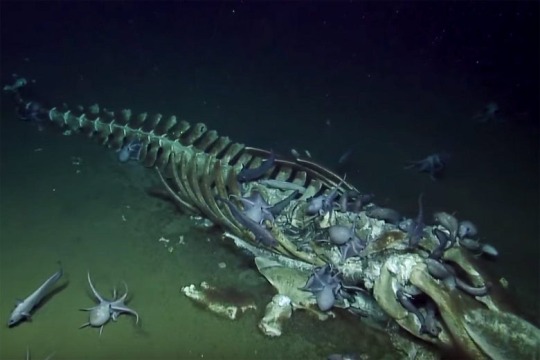
10K notes
·
View notes
Text
Cephalopod Week wouldn't be complete without at least one flapjack octopus video! 🥰
MBARI’s robotic submersibles often spot this little octopus resting on the mud, its orange body resembling a flat, fluffy pancake. When startled by a predator, a flapjack octopus perks up and swims to safety by flapping its stubby fins, pulsing its webbed arms, pushing water through its funnel for jet propulsion—or all three at once. When the coast is clear, it stretches its webbed arms and parachutes back to the seafloor.
#Happy cephalopod week- I’ve been inactive for a very long time#deep sea posting#deep sea#flapjack octopus
665 notes
·
View notes
Text
Today is Wet Beast Wednesday!
Today’s wet beast is: Tan Bristlemouth

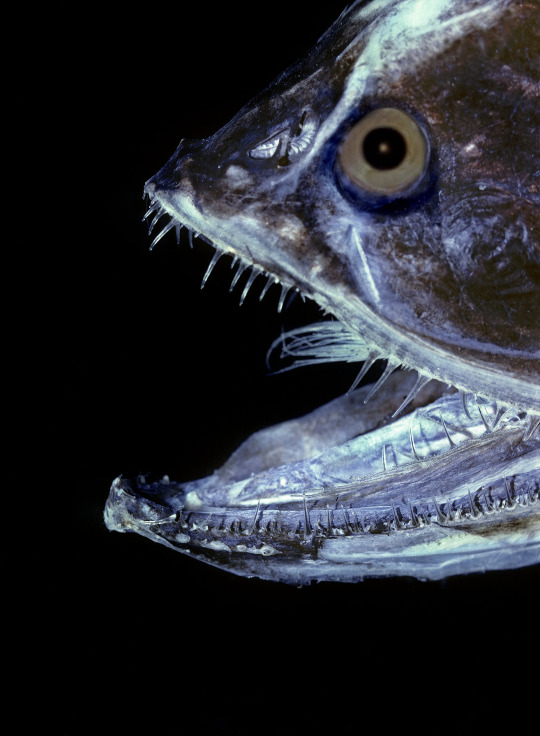
Olive’s Wet Beast Fact: these zombie-looking deep sea fish are one of the most abundant species on Earth, with estimates that there are up to a quadrillion individuals. This would make them the most abundant vertebrate on the planet.
Stay tuned for more Wet Beast Wednesdays!
342 notes
·
View notes
Text
Things you should give your mom for Mother’s Day—fancy jewelry, a bouquet of her favorite flowers, a nicely scented candle. Things you shouldn’t give your mom for Mother’s Day—balloons that might end up in the ocean, expired cheese, that candle you got for Christmas from your aunt last year that's been sitting at the back of your closet until now. As we celebrate the holiday, let’s reduce our reliance on single-use plastics (like balloons) and keep trash out of the ocean.
Learn more about trash in the deep sea on our website.
103 notes
·
View notes